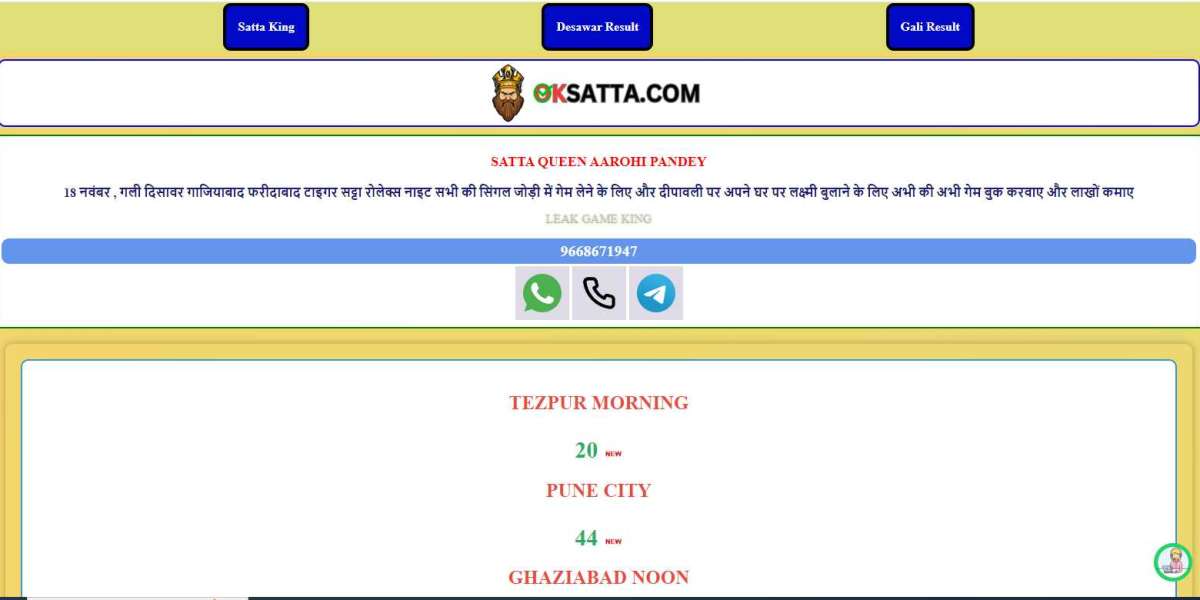Creating a Winning Resume
1. Select the Right Format
Choosing the appropriate resume format is crucial:
- Chronological Format: Lists your work history in reverse order, making it ideal if you have a consistent career trajectory.
- Functional Format: Emphasizes skills and accomplishments rather than job history, which is useful if you’re changing careers or have employment gaps.
- Combination Format: Blends both chronological and functional elements, showcasing a balanced view of your skills and experience.
2. Include Essential Sections
Your resume should be structured with the following key sections:
- Contact Information: Ensure your full name, phone number, email address, and LinkedIn profile (if applicable) are prominently listed.
- Professional Summary or Objective: Start with a concise statement that highlights your career goals and what you bring to the role.
- Experience: Detail your previous positions in reverse chronological order. Use bullet points to outline your responsibilities and achievements, quantifying results where possible.
- Skills: List skills relevant to the job you’re applying for. Highlight both technical and interpersonal skills.
- Education: Include your highest degree and any relevant certifications or training.
- Additional Sections: Depending on your profession, you might include sections for publications, presentations, or professional affiliations.
3. Tailor Your Resume
Customize your resume for each job application. Analyze the job description and incorporate relevant keywords and phrases to pass through Applicant Tracking Systems (ATS) and resonate with hiring managers.
4. Proofread and Revise
Ensure your resume is free from errors. Use clear, professional language and maintain a consistent format throughout. Having someone else review it can provide valuable feedback.
Crafting an Effective Cover Letter
1. Format Your Cover Letter
A well-structured cover letter should include:
- Header: Your contact information, the date, and the employer’s contact details.
- Salutation: Address the letter to a specific person if possible. If not, use a general greeting like “Dear Hiring Manager.”
- Introduction: Begin with an engaging opening that specifies the position you’re applying for and where you found the job listing.
- Body: In 1-2 paragraphs, highlight your relevant experiences and skills. Explain how your background aligns with the job requirements and how you can contribute to the company’s success.
- Conclusion: End with a strong closing statement, expressing your enthusiasm for the role and inviting the employer to contact you for an interview.
2. Customize Your Cover Letter
Tailor each cover letter to the specific job and company. Demonstrate your knowledge of the company’s needs and culture, and relate your experiences directly to the job role.
3. Proofread and Edit
Review your cover letter for spelling and grammatical errors. Ensure it is clear, concise, and professionally written. A well-polished cover letter reflects your attention to detail and professionalism.
Additional Tips for Success
- Keep It Concise: Limit your resume to one or two pages and your cover letter to one page. Recruiters often skim documents, so make your points clearly and quickly.
- Use Action Verbs: Employ strong action words like “achieved,” “developed,” and “managed” to describe your accomplishments.
- Professional Presentation: Opt for a clean, professional design for both your resume and cover letter. Avoid overly decorative elements that can distract from your content.
4. Utilize Job Search Resources
In addition to applying directly to job listings, consider using job search resources like the chakrir dak Weekly Job Newspaper. This publication provides a wealth of job opportunities and can help you find positions that align with your career objectives.
By following these steps and focusing on tailoring your resume and cover letter for each job application, you’ll enhance your chances of catching the attention of recruiters and securing interviews.







